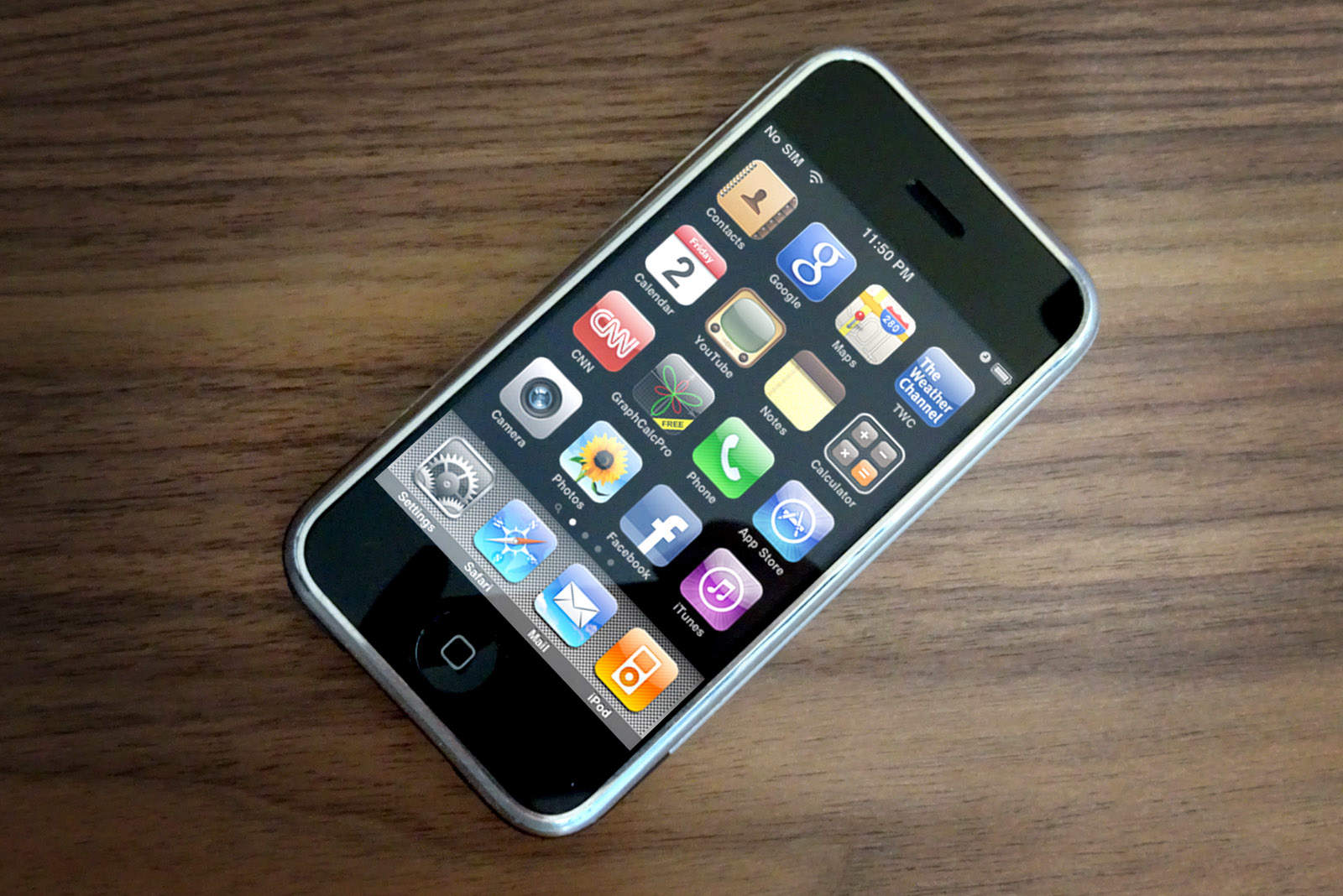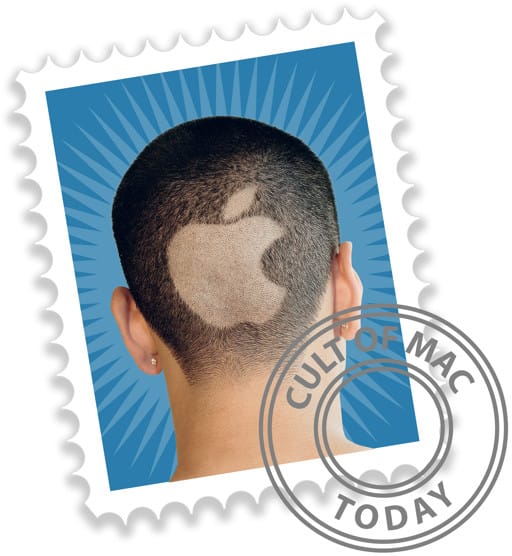 June 17, 2009: Apple releases iPhone OS 3, the third iteration of its mobile operating system (and the last before a name change). It adds Cut, Copy and Paste functionality, among the most requested features since the original iPhone shipped in 2007.
June 17, 2009: Apple releases iPhone OS 3, the third iteration of its mobile operating system (and the last before a name change). It adds Cut, Copy and Paste functionality, among the most requested features since the original iPhone shipped in 2007.
“iPhone 3.0 has more than 100 new features for our customers,” says Scott Forstall, Apple’s senior vice president of iPhone software, as he demos the new operating system in front of developers. “Let me walk you through just a few, starting with Cut, Copy and Paste. So, we’ve been working really hard to design an easy-to-use, straightforward user interface for Cut, Copy and Paste on our large touchscreen display, and we think we’ve nailed it.”
iPhone OS 3 also brings a host of other new features, including MMS, a landscape keyboard, support for audiobooks and iTunes video, and Spotlight search, which users can access by swiping left on the iPhone’s Home Screen. And the Find My iPhone app comes along for the ride.
iPhone OS 3: The iPhone grows up
When Apple released iPhone OS 3 in 2009, it wasn’t just adding copy and paste, a previously missing feature that seems almost unfathomable in retrospect. Apple was proving that the iPhone was more than a gadget — it was a platform.
Coming two years after the iPhone’s debut, iPhone OS 3 marked a turning point in mobile computing. It introduced features that users considered essential and laid the groundwork for the App Store boom that would redefine software distribution. Ultimately, it helped transform the iPhone into a global standard for how smartphones should work.
Cut, Copy and Paste comes to the iPhone at last
As mentioned, the addition of Cut, Copy and Paste corrected a high-profile omission from the iPhone’s original operating system. While newer iPhone owners may not see the big deal about this upgrade, consider that there was a time when the ability to send someone a link inside a text message — without having to laboriously type out the full URL — was something Apple users celebrated.
Just listen to the applause after Scott Forstall shows how the feature works in the video below!
Find My iPhone arrives with iPhone OS 3
Another big feature introduced alongside iPhone OS 3 was the Find My iPhone app. Originally requiring a $99-per-year subscription to Apple’s MobileMe service, it eventually evolved into the free asset-tracking iCloud feature Find My.
In the years since, Find My has helped people recover misplaced Apple products as well as car keys and other possessions attached to AirTags. It has even helped parents locate kidnapped children!
iPhone OS 3 was more of an overall improvement than a massive rethink of Apple’s mobile operating system. But it was a significant step forward that made all of our iPhones better. It was also the first version of Apple’s mobile operating system to make it to iPad when the tablet arrived in 2010.
iPad support arrived with iOS 3.2, when Apple changed the operating system’s naming convention from “iPhone OS” to “iOS.”
Do you have fond/not-so-fond memories of iPhone OS 3? Leave your comments below.



3 responses to “Today in Apple history: iPhone OS 3 brings copy/paste to iPhone”
im still using a ipod 1 gen just for nostalgic purpose ..
interesting is that many apps still works if you have the last version compatible..
facebook, twitter, eBay, livescore, rtl radio and many others still are working..
gmail is fully working and I have stil push notifications..
for my opinion this shows how many years ahead apple was… producing a mobile os that still partially works on 2016
I’m running a iphone 3GS with IOS6.1.6 – most stuff still works properly and it’ is a great phone. Works great with my MacPro running snow leopard. Without any doubt SL was the best version of OSX and I’m loathed to get rid. I can’t believe that in 5 years Apple haven’t come up with anything I actually want.
I’m just ios devices fan :)
the 3GS is still a beautiful device, all apps ares till working on ios 6…
you can downgrade that device even to ios 4.1, just for fun obviously :)